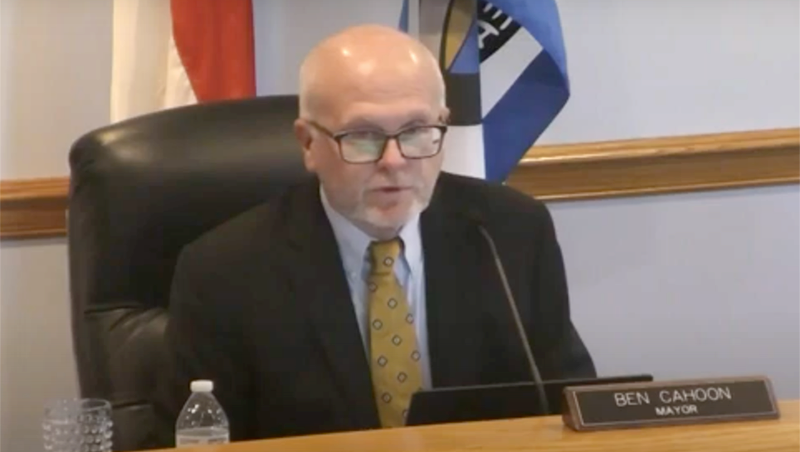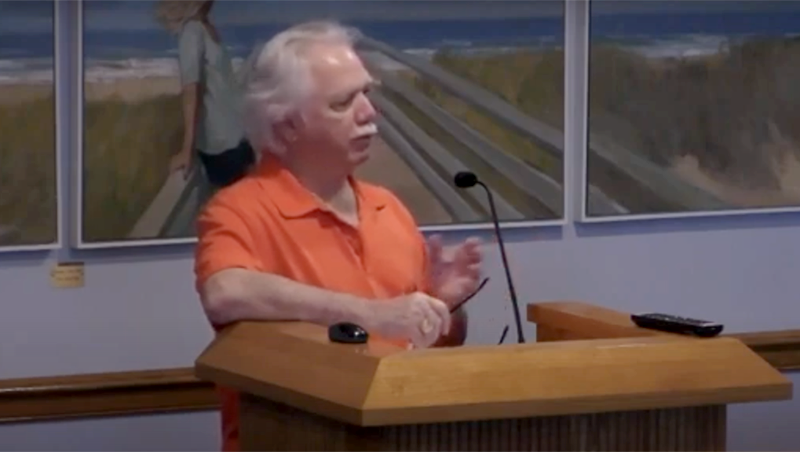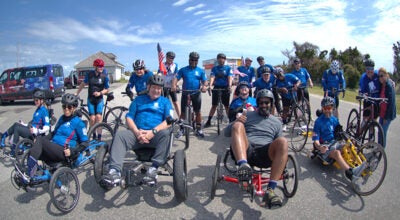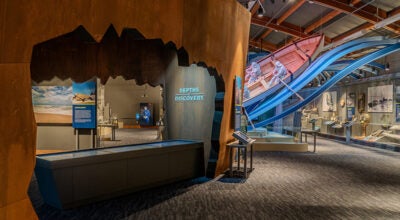Nags Head approves higher pay for town employees, lifeguards
Published 7:19 am Monday, June 27, 2022
|
Getting your Trinity Audio player ready...
|
Other budget changes from the town manager’s recommended budget include new furniture for the town hall in conjunction with the security retrofit and lighting project at a cost of $15,000 and an increase in estimated fuel to $5 per gallon for diesel and $4 per gallon for regular unleaded, a change totaling $114,250.
The town is estimating some revenue increases as well from the recommended budget – increased occupancy taxes, land transfer taxes, intergovernmental grants and others, for a net financial impact to the general fund totaling $171,529.
General Fund expenditures total over $35 million, up from over $26 million from FY 2021-22. $7.4 million of the FY 2022-23 budget includes a transfer to the Capital Investment Fund, a fund created by the town to save for large, future expenditures rather than financing them.
A user-friendly version of the budget can be found online at nagsheadnc.gov/DocumentCenter/View/4618/Fiscal-Year-2022-2023-Adopted-Budget.
Commissioners also discussed a text amendment to adjust the square footage of cottage courts. In 2016, cottage court structures were capped at 2000 square feet. However, commissioners decided in 2019 that 2000 square feet was too big for a “cottage” and so they lowered it to 1500. Developers approached the board requesting a variety of sizes for the cottages to increase diversity in styles.
Developer Eddie Goodrich spoke to commissioners: “In thinking about it, a developer/builder, if he’s given one number of 1500 square feet, he’s going to build every house the same and all of them will be 1499 square feet, that’s just life. He’s going to build the biggest house he can and he’s going to build the same house over and over if he can because they know what it costs.”
According to Goodrich, in order to achieve diversity, the town could allow different heights and a variety of sizes for the cottage courts – a third could be 1400 square feet, a third could be 1700 square feet and one and a half floors and a third could be 2000 square feet.
Mayor Ben Cahoon said that he is open to allowing two-story units and that he’s willing to adjust the square footage requirements.
After some deliberation, commissioners decided to table the text amendment and send it back to the planning board for some language adjustment.
Deputy planning director Kate Jones updated the board on an electronic vehicles (EV) action plan developed with Duke University Master of Environmental Management (MEM) Program students with the goal of supporting the increasing prevalence of electric vehicles.
Commissioners were generally supportive of electric vehicles, but noted the distinction between public and private facilities and charging stations. Commissioner Renee Cahoon said, “I’m not prepared to adopt this document at this time because I think we need to let the public look at it. We need to take a really long delve into it. I was concerned about them talking about the town paying for private chargers at houses and different things – that would cause me heartburn…”
Commissioners were in favor of baby steps and gauging public demand for charging stations before investing more money into them.
Next on the agenda was the consideration of the event sponsorship policy. The policy is to encourage business sponsorships for town events like music and movies, as well as fitness events. The idea is to encourage business cooperation and funding for community events as a way to bring in quality entertainment and events. Commissioners were interested in public input before they approved the policy.
“We’re getting ready to do something that’s different from what we’ve been doing and get some buy-in from [the public] – understanding the good purpose but also understanding that it’s going to be a different look and making sure they’re comfortable with that,” said Mayor Cahoon.
Tim Oakley from Oakley Collier Architects presented an update to the Public Works Master Plan. The current phase involves finalizing site elements, pursing state permits and creating the vertical construction design component. To begin the design processes, commissioners approved the proposed fee of $100,000. Construction is expected to begin in January 2023.
Town manager Andy Garman then asked the community for volunteers from all areas of Nags Head to form a committee to prioritize pedestrian improvement projects. Interested persons are encouraged to contact the town.
In commissioner reports, Renee Cahoon brought attention to the dangers of digging large holes on the beach, especially those that are left unattended. Mayor Cahoon presented a resolution in support of a Wright Brothers Tribute Museum and Observatory at the Aycock Brown Welcome Center in Kitty Hawk. The center is proposed to be fully privately funded at no expense to the taxpayer. However, upon request for a motion to pass the resolution, none of the commissioners spoke up. After a moment, commissioner Mike Siers said “it is in the planning dream phase” so commissioners decided to wait on the resolution until a future date.








